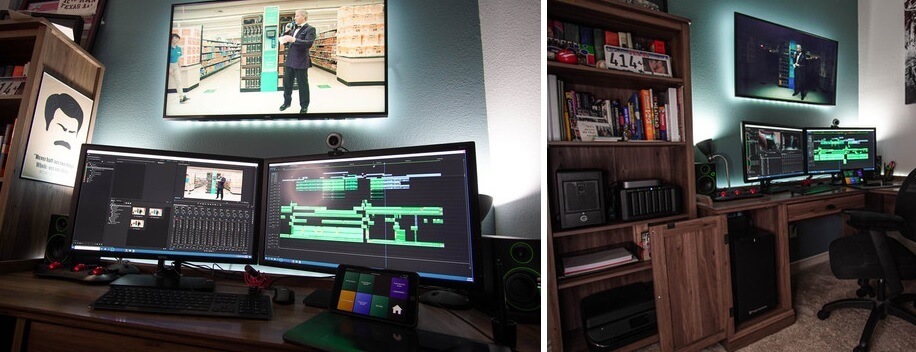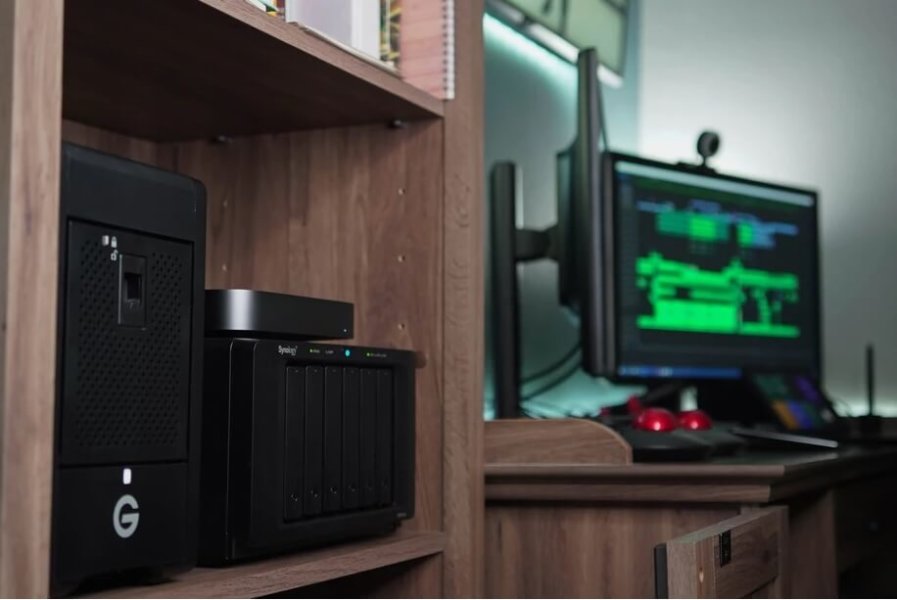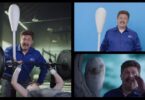Like The Notorious BIG says, mo pixels, mo problems – or something like that. 3 years ago I followed Puget Systems to the dark side, switching from “Mac or nothing” to “long live the PC”. At the time, 5K was rearing its sizable head and my (then) new system was ready to chew through it like a tub of Double Bubble. Fast forward to 2021. 8K is the new Goliath that needs slaying and the 5K-ready machine wasn’t the David it used to be. Whatcha gonna do? Upgrade.

Why 8K?
Talk about a question that doesn’t have a good answer. 8K video is basically the natural progression of bigger is better…even if it isn’t. Does 8K make video more cinematic? No. Does 8K make a video more professional? No. You can guess where I’m headed. Really, the main push for 8K video is 8K-ready TV screens. Consumers want bigger screens with more clarity. Pictures so sharp they may cut you if you touch them. The crispness of 8K video is stunning and post-production benefits from productions shot in 8K mainly for the versatility it provides. Need to reframe a shot? Fix it in post!
8K comes with its headaches though, mainly a multitude of pixels – roughly 33 million – per video frame! Without a good proxy workflow, all hope would be lost when attempting to work with 8K media. Proxies have their own inconveniences though. Most notably, they take time. The time to create and time to conform proxies slows starting an edit and getting that final delivery out the door. Having a specialized workstation with the horsepower to make proxies faster or even avoid them altogether gets clients the content they need, faster.
Mo Pixels? No Problem.
After working on a handful of projects shot in 8K in 2021, I was tired of watching Premiere Pro struggle. DaVinci fared better, but it still got the shakes when looking at those RED Helium files. Knowing it was about time for an upgrade, I went back to my friends at Puget Systems to have them build the most powerful computer my fingers have ever been lucky enough to poke and prod.
Nerd-Specs:
-
AMD Ryzen Threadripper 3960X 3.8GHz 24 Core
-
64GB Ram
-
NVIDIA GeForce RTX 3090 24GB Founders Edition
-
Blackmagic DeckLink Mini Monitor 4K (not pictured)
-
TP-Link 10GB NIC (not pictured)
-
Storage:
-
2x Samsung 980 1TB M.2 SSDs (primary drive + scratch disk)
-
1x Samsung 870 4TB SSD (for dog GIFs)
Storage Wars
If there was a catch, and there usually is, it was that this pixel-chewing powerhouse didn’t include Thunderbolt 3 ports. That was more than a minor inconvenience since my media storage and cold storage raids were BOTH Thunderbolt. Whatcha gonna do? Upgrade.
Since AMD and Intel (Thunderbolt’s baby-daddy) don’t often play well together, I took a look at server-class storage using 10GB connections and opted for a Synology DS1621XS+. After plugging it full of 12TB Seagate EXOS hard drives and configuring it to RAID 10, the Synology has over 30TB of extremely fast and redundant storage.

Wait there’s more!
The Synology NAS also enables secure, encrypted, folders for job-specific projects. That means if any of my clients need to keep their footage locked up like Fort Knox, they can sleep easy while I edit their content. Taking security a step further, after the Synology’s initial setup, I removed its internet access, leaving it only connected to the new workstation via its private 10-gig connection.
Disaster Plans
With the main storage situation resolved, there was still the issue of connecting cold storage – the place recently wrapped projects live before archiving to LTO. The idea of repurposing my old media raid, the G-Speed Shuttle, seemed like a good one, but again, no Thunderbolt [shakes fist]… Whatcha gonna do? Use whatcha got.

Enter the Mac Mini I had employed the year prior for doing “Mac stuff”. It would now be a dedicated archive machine. After picking up a TB3-10GB adapter from OWC, the Mac Mini would connect to the Synology NAS by a 10Gig connection. Then just like the 8K-nuking-Puget-system, the G-Speed Shuttle would link to the Mac Mini via Thunderbolt 3. Game, set, match!
Installation Station
My mother firmly believes in making a mess to clean things up and I am very much my mother’s son. Dropping in a new server, decommissioning a raid, revamping another raid, migrating computers, and giving the desk a dusting is a messy business. With hardware arriving at different times, the process took a few weeks to complete.

The observant reader might have noticed me sporting a sling near the start of the timelapse (mountain + bike = ouch), but thankfully my doctor released me from my stylish robin-blue arm sack before the new computer arrived. Now with the new system up and running, it’s time to get back to work. So excuse me while I go cut some cool stuff.
If you need to edit in 8K or any other resolution, Chris can help. With clients including Universal, Disney, Netflix, FedEx, Mercedes Benz, Lexus, Fox Sports, ESPN, and more, his expertise is vast and trusted. Get to know more about Chris at his website, www.chrissalters.com.











